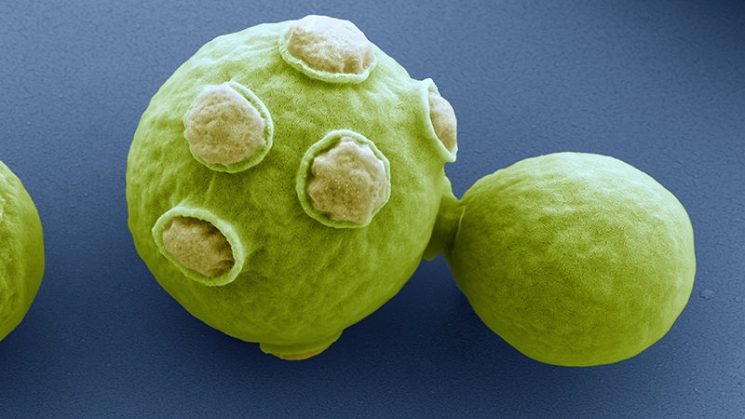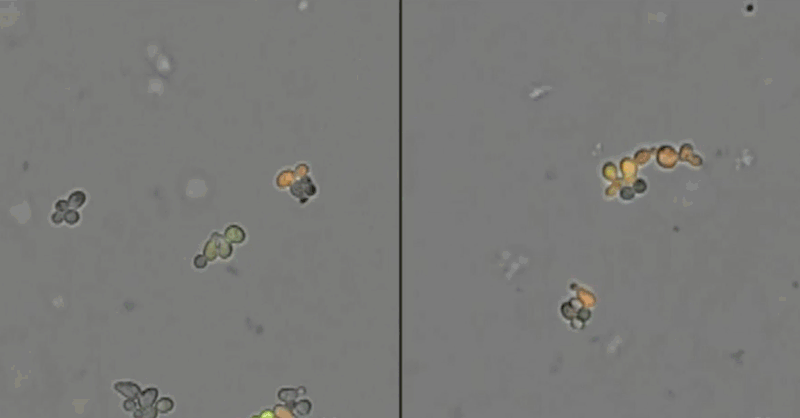

Live cell imaging time lapse of brewer’s yeast (Saccharomyces cerevisiae) cells in a compatible (left) and incompatible (right) mating.Credit: Maselko et al., Nature Communications 8:883 (2017).
Dr. Fred Gould, in Nature, discusses a gene editing tool designed to prevent interbreeding between synthetic and wild organisms. The technology targets gene expression, and could be applied to mosquitoes to control infectious diseases, such as malaria, or to invasive species, like Asian carp.
“This is an ingenious system.”
The January 15, 2018 article by Ewan Callaway, Synthetic species made to shun sex with wild organisms, looks at research conducted by Dr. Maciej Maselko – a synthetic biologist at the University of Minnesota in Minneapolis-St. Paul. Here, Gould says, “This is an ingenious system and, if successful, could have many applications,” and that he is excited to see new approaches that could be used for genetic biocontrol of pests beyond what is currently available. “I would never want to put all my eggs in one basket.”
Read the full article at Nature